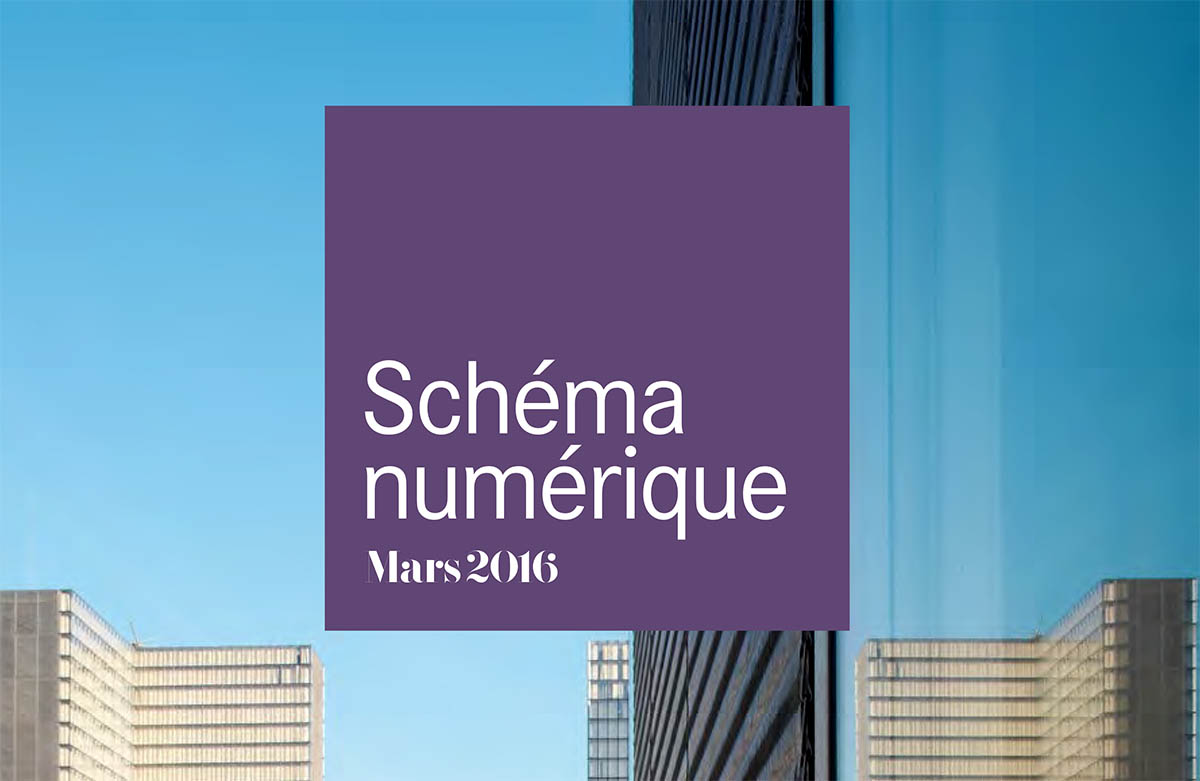2016 Digital roadmap
The challenges a national library is facing in the 2016 digital area are numerous: since the beginning of the 2000s, the digital revolution has caused major upheavals, which represent a constantly evolving challenge for public action. For instance, how can continuity be ensured over time when the content, media and scale are constantly evolving? How can traditional and new heritage forms be held together, woth the latter still to be further defined?
Six strategic priorities have been defined
The dissemination of knowledge and the democratisation of culture in a digital world lead to the expectation that every publication, past and present, should be readily available to the user, in one click. For a national library, this challenge translates into the creation of a digital heritage reference collection that seamlessly integrates born-digital documents with early-printed books and manuscripts, in order to facilitate access to these resources for everyone, today and in the future.
The longstanding expertise of libraries for processing collections applies especially to two areas, often referred to as the core of librarianship: cataloguing – in other words, techniques allowing a document to be identified, described and found – and conservation. In the digital age, in order to properly carry out its conservation and dissemination missions, the BnF must develop and sometimes reinvent this expertise by applying it to new objects, new media and new uses. The BnF catalogues, with over 13 million records, have started their revolution towards the web of open data. The digital repository, SPAR (Scalable Preservation and Archiving Repository), which now contains over 5 million documents, is open to third party archiving and was certified by the SIAF (the Interministerial Department of the French National Archives) in 2013.
Gallica is one of the world’s leading digital libraries, with a secured audience and user satisfaction. Moreover, in 2013 Gallica and data.bnf.fr obtained the innovation prize awarded by the libraries of Stanford University. However, the BnF’s mission for disseminating culture and developing knowledge is also challenged by digital technologies. The link between services offered on-site and those available online is at stake, leading to a rethinking of content curation via new tools, and encouraging the conquest of new territories, notably through social networking.
In 2015, the BnF launched a revitalisation project for its user policy, with a spirit of sharing and openness, targeting a broad spectrum of users. The challenge is to offer a positive, enriching and adapted experience This strategy is articulated on-site and online.
The BnF is taking advantage of the digital era to make its exceptional heritage an instrument for dialogue between regions and between cultures. The unique expertise that it has been able to develop in the production, collection, processing and conservation of digital collections allows it to play a leading role in international scientific and technical activity, by developing partnerships with other cultural organisations throughout the world, and particularly in French-speaking areas. Thanks to a dynamic national cooperation policy, the BnF is helping to unite digital collections across the country and to lead digitisation and cataloguing programmes (retrospective conversions, cataloguing, collection inventory etc ) across a vast network of partner institutions. The BnF is also conducting an ambitious research policy, contributing to its national, European and international status.
The considerable increase in the objects produced and collected by the BnF, due to the effect of digital technology, has had several implications, including the need to set up a suitable system for the ingest of a large amount of documents, automated monitoring for physical and digital document flows and quality control processes. It has also become essential to answer requests from partners, whether institutional or from the business world, who expect fluidity and responsiveness from the BnF to absorb their data flows, to connect their own production or monitoring tools to those of the Library and to facilitate automated interactions between the systems. Moreover, the BnF’s adaptation to changes introduced by digital technologies questions the legal framework, both in terms of ingest (for instance e-books) and processing (data and metadata mining), as well as in terms of accessibility (consultation on-site or remotely, in a secure environment).
Faced with these challenges and in a context of limited financial and human resources, the BnF has created a set of tools to adapt and simplify its internal workflows, as well as its exchanges with third parties (publishers, libraries, and service providers).
Until the middle of the last decade, digital activities represented an area of exploration and experimentation for the BnF. This period has seen the birth and growth of major projects like Gallica, SPAR and web archiving.
The Library then went through a digital implementation stage, which gradually affected the organisation of all its working units and job positions. The BnF, like all protagonists in the cultural sphere, has undergone its digital transition.
This profound change, as yet incomplete, would not have been possible if the BnF had not mobilised its resources and skills to create a momentum for change and maintain it over several years.
This roadmap also exposes the BnF’s vision for the future regarding digital issues.




